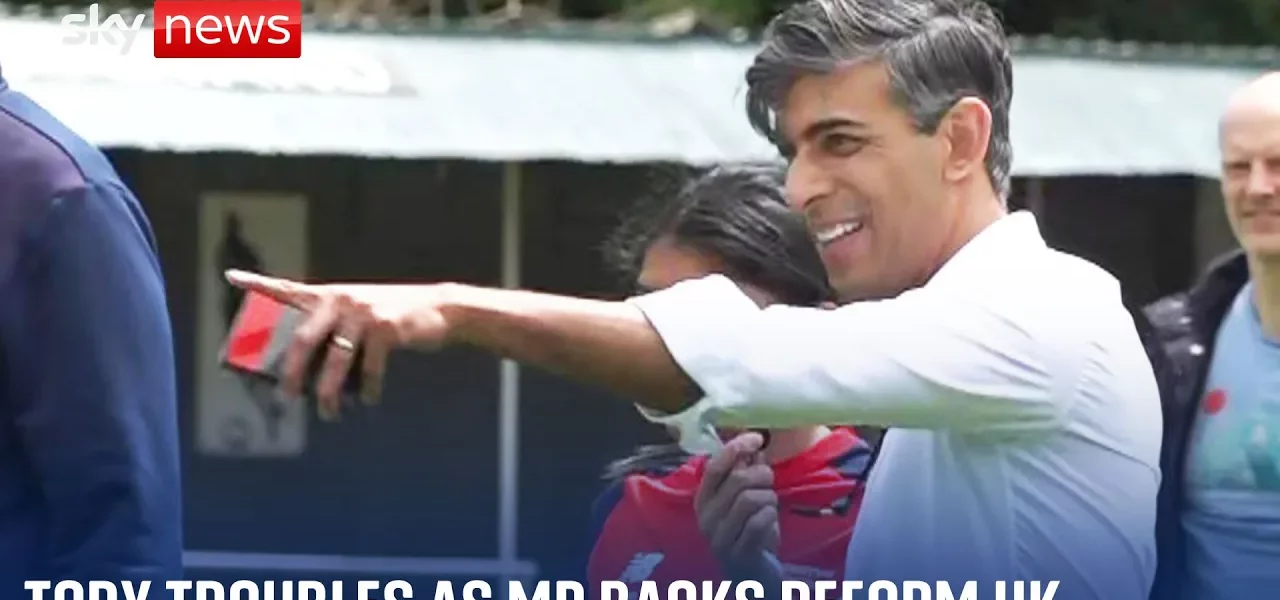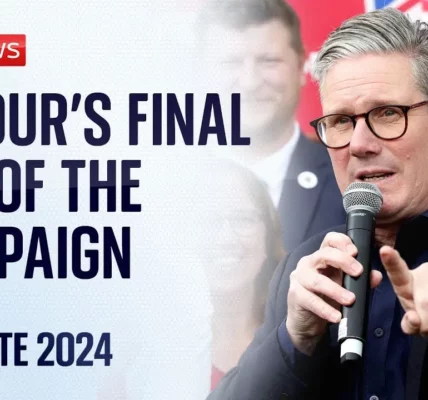Keir Starmer’s Speech in Sussex: A Deep Dive into His Political Vision

In a recent speech delivered at a Parish Hall in Sussex, Keir Starmer set out to connect with working-class voters, revealing his personal background and political aspirations. This article explores the key themes of his address, the challenges he faces, and what it means for the upcoming election.
Introduction
Keir Starmer, the leader of the Labour Party, recently addressed supporters in Sussex, a region known for its picturesque landscapes and traditional values. His speech aimed to resonate with working-class constituents, portraying a relatable image shaped by personal struggles and aspirations. As he seeks to redefine his party’s identity and connect with the electorate, understanding the nuances of his message is crucial for voters navigating the complexities of UK politics.
Starmer’s Personal Background
Starmer’s narrative is rooted in his upbringing, which he emphasizes to establish a connection with the electorate. His background includes:
- A working-class family, with his father working as a toll maker in a factory.
- His mother’s career as a nurse, coupled with her battle against a debilitating illness.
- Experiences from his teenage years spent in high dependency units, shaping his understanding of struggle and resilience.
By sharing these personal anecdotes, Starmer aims to counter the perception of him as an elite lawyer, striving to present himself as a candidate who truly understands the struggles faced by everyday people.
Political Aspirations and Strategy
In his speech, Starmer outlined his vision for the future, focusing on several key themes:
Connecting with the Electorate
Starmer acknowledges the electorate’s desire to know who he is and what he stands for. He emphasizes:
- The importance of delivering on the aspirations of working people.
- His commitment to earning their respect and serving their interests.
- A promise to fight for the rights and needs of the working class in the UK.
Visual Messaging
Starmer’s campaign strategy includes impactful visuals, such as:
- Images of him enjoying tea against a backdrop of Union Jack bunting.
- Public engagements that showcase his relatable side.
These visuals are crafted to reinforce his narrative and make him more approachable to voters.
Challenges Ahead
Despite his efforts, Starmer faces several challenges as he campaigns for leadership:
Public Perception
Many voters are still questioning his leadership capabilities, particularly in light of ongoing political rivalries. He acknowledges:
- The scrutiny of his past and the difficulty of discussing personal hardships.
- The need to break free from the “lefty lawyer elite” image.
Opposition and Competition
Starmer’s campaign is also challenged by:
- The Conservative Party’s narrative under Rishi Sunak, who promises a secure future.
- Emerging rival candidates within the Labour Party and other factions seeking to position themselves as viable alternatives.
Starmer recognizes the importance of presenting bold ideas to distinguish himself from his opponents.
Conclusion
Keir Starmer’s recent speech in Sussex highlights his commitment to connecting with the working class and addressing their concerns. While he faces significant challenges, his personal narrative and promises for change resonate with many voters. As the election approaches, it will be crucial for Starmer to maintain this momentum and continue to articulate his vision for the future. For those interested in understanding more about UK politics and Starmer’s role, further exploration of related articles can provide valuable insights.
“`




